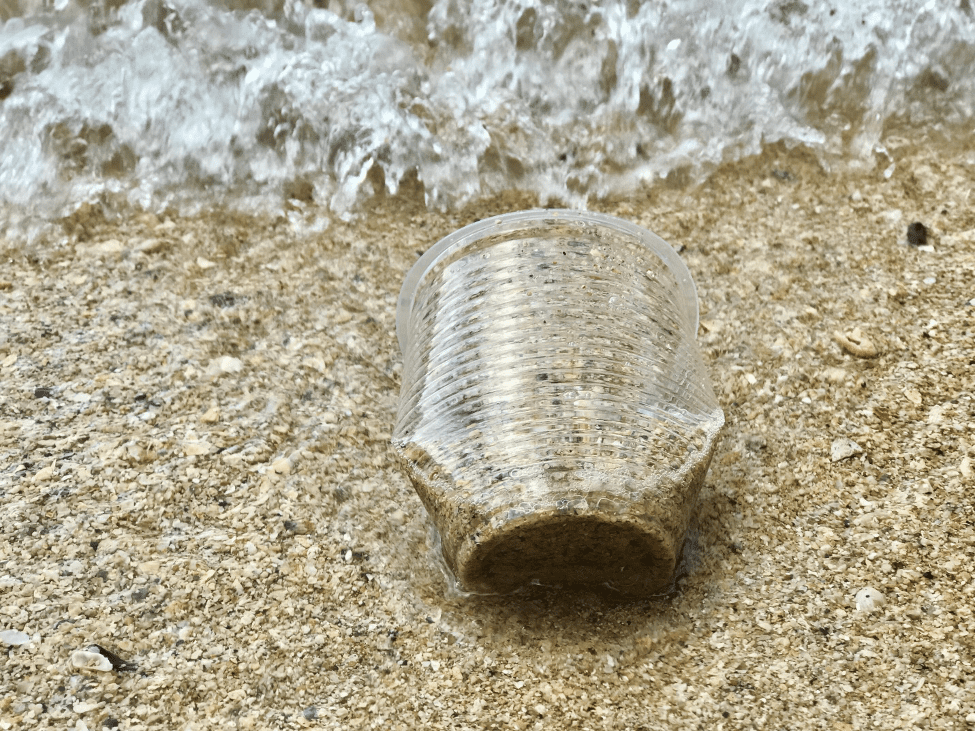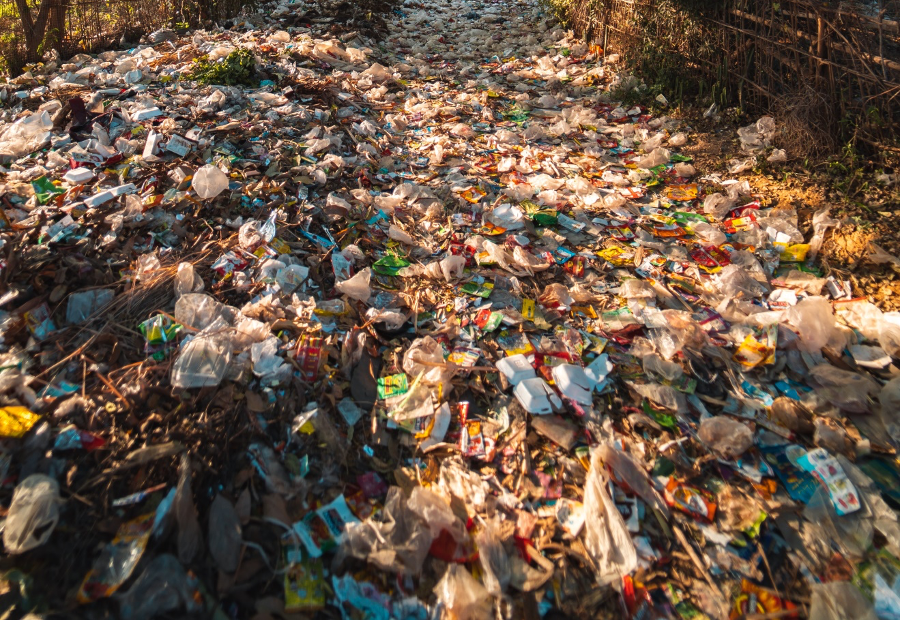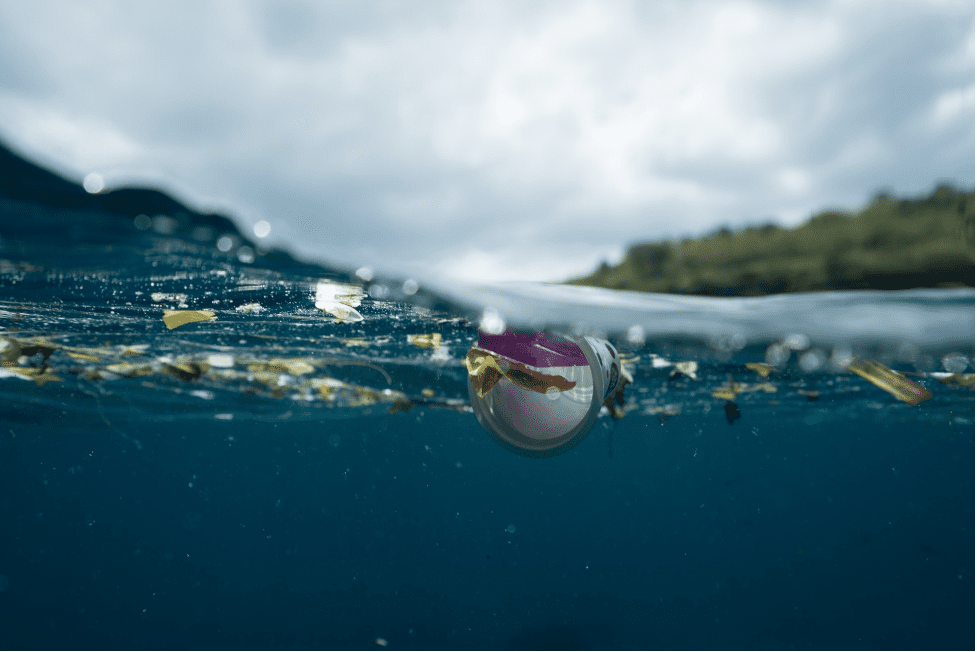Recently, a shocking report by Statista came to light and set the record straight on a growing problem that is damaging not only the environment but also your health. The study shows that all the European countries recycle less than 1/3 of their produced plastic. These worryingly low statistics have sparked a debate on the need for plastic reduction and recycling – but the question arises, why are the scientists so worried about plastic? Even though many daily-use plastic items are convenient, they pose a grave threat to the environment and the ecosystem.

Pexels | Single-use plastic is the most dangerous form of plastic
What is the big deal about plastic?
The problem with plastic is that most of it is not biodegradable – meaning that it will probably just pile up on the surface of the Earth. And since it does not decompose like organic material like food or paper, it will damage the Earth for hundreds of years.
If that isn’t scary enough, you should know that 400 million tons of plastic is produced every year, and 40% of that plastic is single-use products. Putting the statistics together, you can only imagine how much plastic is being created and disposed of irresponsibly.
What is Europe doing for its plastic problem?
While efforts are being made to curb this rising problem by the European Environmental Agency but, is their waste reduction plan being implemented? It has been discovered that only 30% of waste is being recycled. Germany takes the lead in recycling as it has only 0.1% of its plastic waste that goes to landfills. On the other hand, there’s Spain, which has around 38.2% of waste heading to landfills.

Pexels | Plastic bottles are one of the common causes of pollution, and landfills are filling up quickly
Is plastic dangerous to humans?
Many would conclude that to get rid of the piling plastic, States should burn the plastic. However, what may seem logical and doable on paper might not have the best results in real life. The EEA estimated that plastic waste incineration creates around 400 million tons of carbon dioxide equivalents, which is extremely dangerous for the ecosystem.

Pexels | Marine life’s biggest enemy: Plastic
Plastic is also the biggest threat to marine life. While plastic does not decompose, it breaks down into smaller pieces, which get ingested by marine animals. National Geographic recently discovered how plastic enters the human body through fishes that have consumed these micro-plastics.
We need to change our ways and follow a more sustainable lifestyle. Protecting the Earth is our responsibility – and it’s time we owned up to it.




